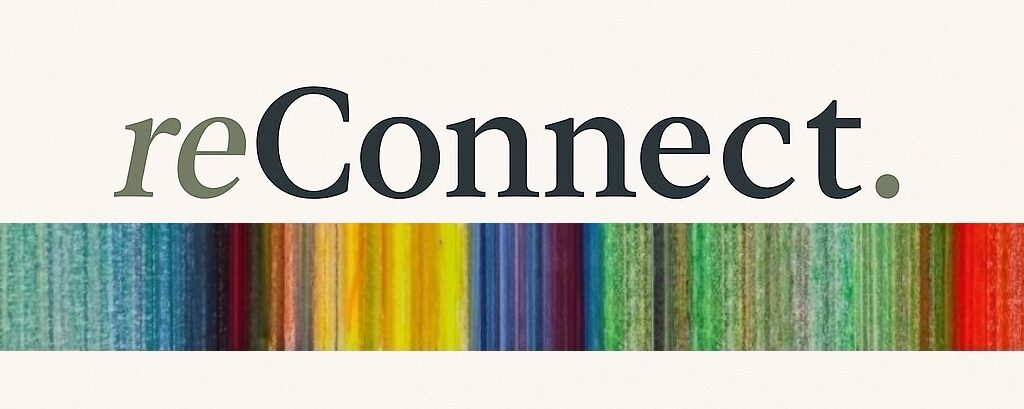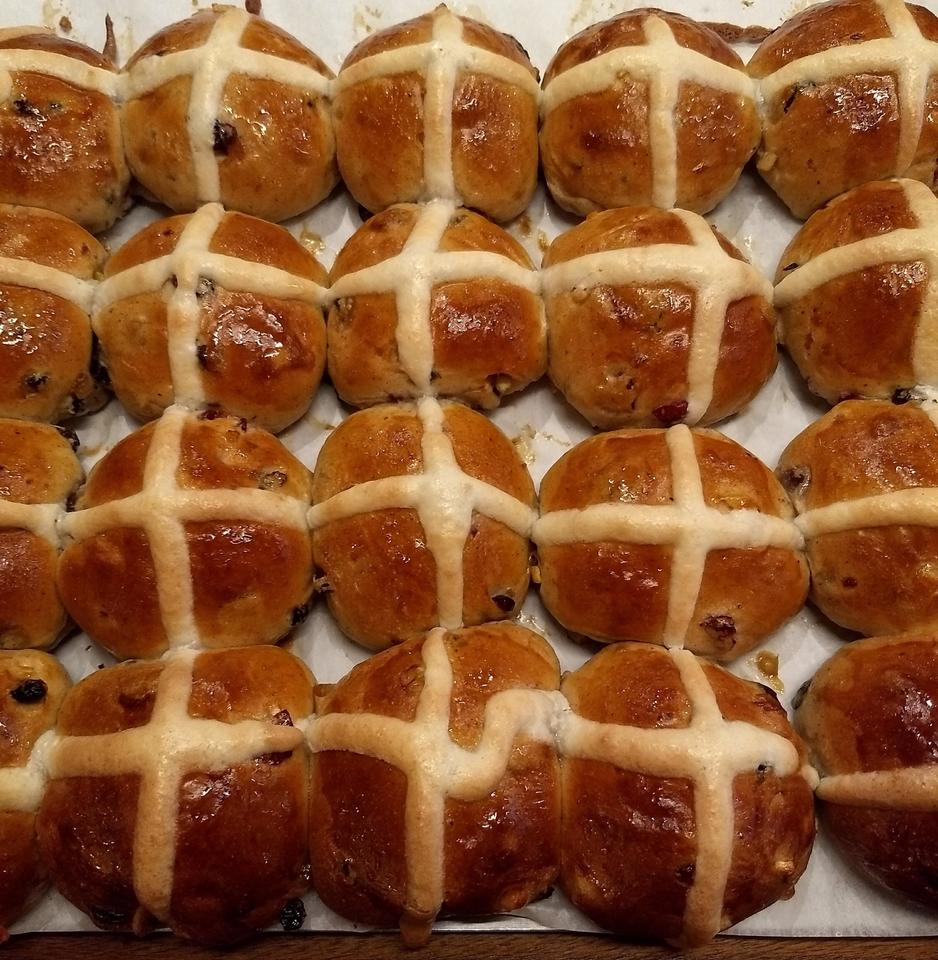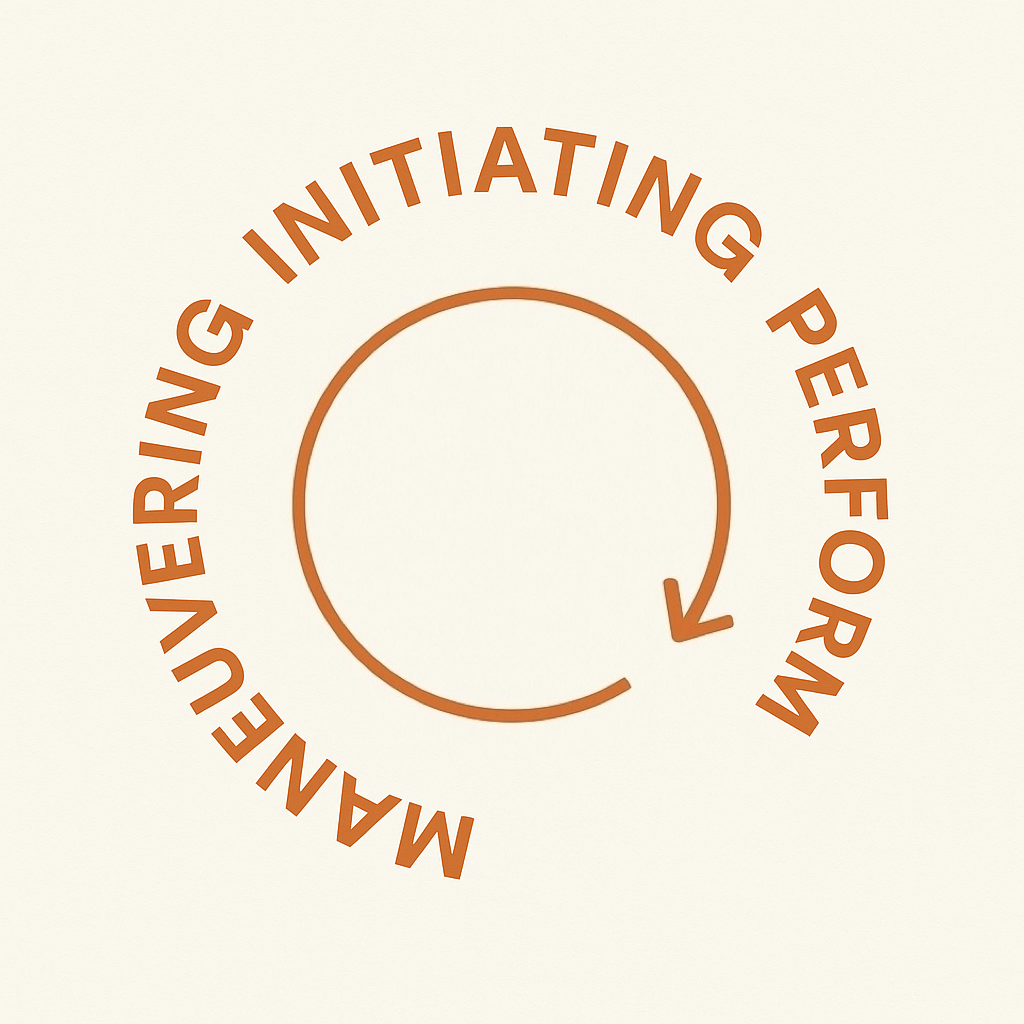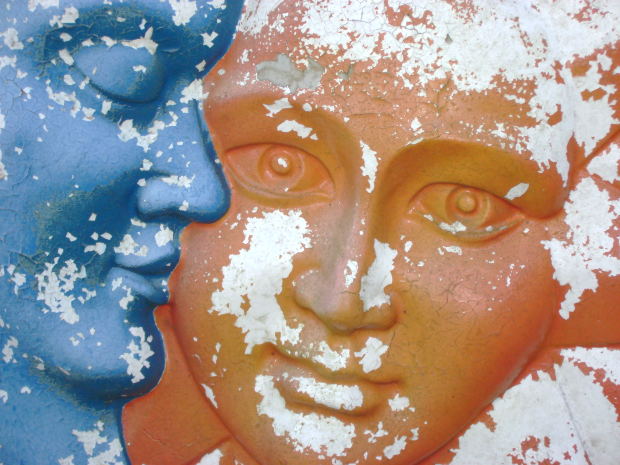Taking time, Fika-style
What is Fika?
Fika is a Swedish tradition where you take time out of your day to pause and enjoy a hot drink and a yummy snack (although that is part of it). But it’s not just about savoring a good cup of kaffi (the Swedish word for “coffee”). It is more importantly a ritual that’s a part of Swedish culture: recognizing the value of giving yourself time to break and socialize.
Fika is a cherished ritual that goes beyond the “water cooler” coffee break we have in the U.S. It is a time to slow down, relax, and connect with others over a cup of coffee or tea, often accompanied by pastries (like wonderful, gooey cinnamon buns). The tradition is deeply embedded in Swedish daily life and is practiced both in personal and professional settings.
It can be enjoyed at any time of the day (usually around 10 AM or 3 PM), but it is not bound by strict rules. The essence of fika is spontaneity and the emphasis on taking a break from the hustle and bustle of daily activities to support community, social connections and, of course, personal well-being.
The History of Fika Meaning
The word “fika” itself originates from the 19th-century slang term for coffee (“kaffi”), with the syllables turned around to create the modern-day term. This practice is so integral to Swedish culture that some companies even include fika breaks in their employee contracts, recognizing the benefits it brings to productivity and team spirit.
But most importantly, it is about more than just enjoying coffee and pastries; it’s a cultural institution that tries to promote healthy community, relaxation, and a balanced lifestyle.
How to Bring Health-Creating Rituals into Your Life
“Let’s do fika,” is a lucky phrase that you might hear from a friend or colleague. Another way to bring health and wellness-inspiring rituals into your life is to reach out and join a community group of like-minded souls. If you want to Fika like the Swedes do it, check out this post from VisitSweden.com about how to practice in a variety of ways and settings. I do hope that you will also consider taking time out with me, to go over what is on your mind.
How is mindfulness part of your rituals?






